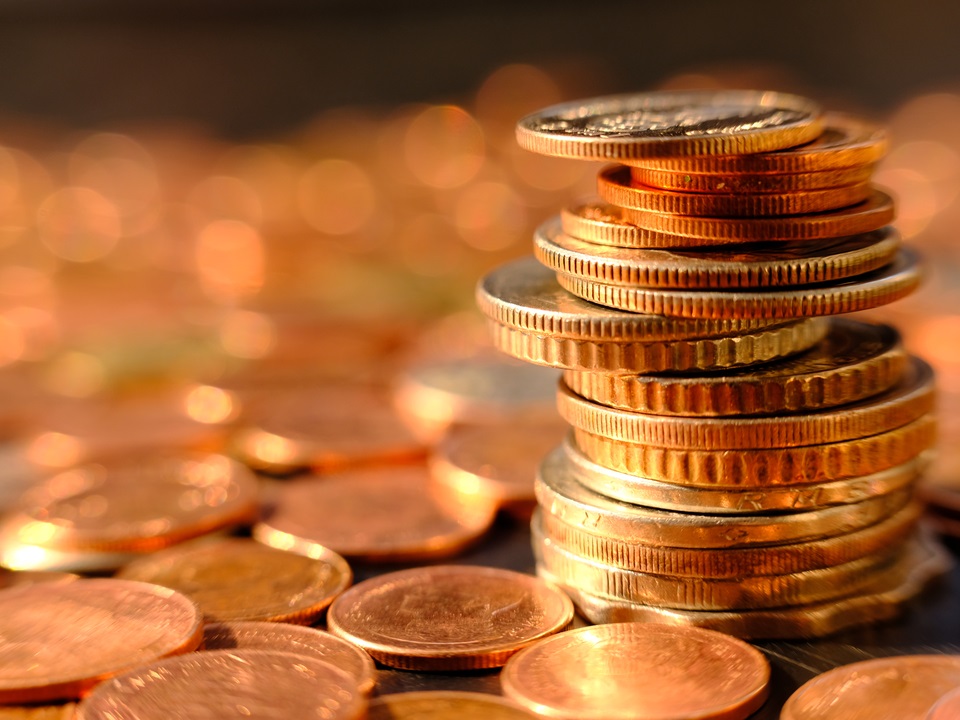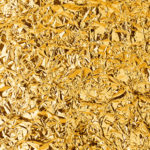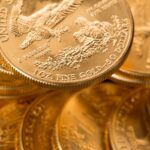Whether you’re a serious coin collector on the hunt or just rummaging through your grandparents’ attic, you may want to know what valuable coins to look out for in your search. While just about anyone can purchase silver or gold coins, knowing which specific coins are more valuable than others takes a little more knowledge and effort.
Here, we cover what makes a coin valuable, the most valuable silver and gold coins, the most valuable coins still in circulation, and valuable error coins.
Factors for Determining a Coin’s Value
Almost every coin has a face value, which is the amount shown on the coin itself. The face value indicates how much the coin is worth as currency. As collector’s items or investment pieces, however, some coins are worth hundreds, thousands, or even millions of dollars more than their face value.
The value of a coin depends on a variety of factors, including the following:
Mintage
Mintage refers to the act of creating (or minting) new coins, but it also describes the number of coins made at a certain facility or during a particular period. A coin’s mintage determines how many coins are in circulation, which heavily influences its value.
At the end of the year, when a mint stops producing a coin with a particular year printed on it, the total supply of that coin becomes fixed. According to the law of supply and demand, an easily available resource does not command a high price. Rare, limited edition, or hard-to-get resources, however, can command elevated prices. The more rare a coin’s mintage is, the more valuable it often is.
Demand
Supply (including mintage) affects a coin’s value, but so does demand. Anything rare tends to be in high demand, and that includes collectible coins.
Publicity can also drive up prices, such as through marketing campaigns by coin dealers and news coverage that popularizes certain coins or strategies. Some coins experience cycles of fluctuating popularity for no clear reason.
Certain coins are always in high demand because of their liquidity, or how easy they are to buy and sell.
Grade/Condition
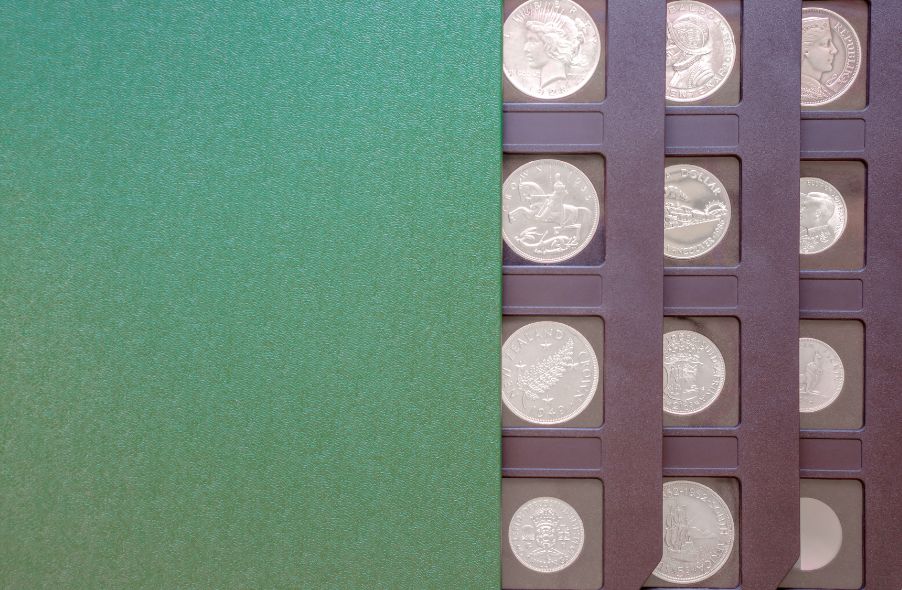
Just like with any collectible, the condition of a coin can influence its value. The term “mint condition” applies to any well-preserved pre-owned good, but the original meaning applies to coins. Coins in mint condition are in the same pristine state as when they first left the Mint — and they can command high prices.
Coin grading determines the condition of a coin using the factors of attractiveness, color, luster, strike, and preservation. To determine a grade in an objective manner, coin investors often contract third-party grading services to certify coins.
The Intrinsic Value of the Metal
For thousands of years, coins have contained gold and silver because the metals themselves have value. When the U.S. used these precious metals to make circulating coins, a commission would evaluate the compositions to ensure quality.
In fact, U.S. half-dollars, quarters, and dimes printed before 1965 are actually 90% silver. This alone makes them worth more than their face value. In short, the intrinsic value of the metal means coins carry value beyond whatever denomination they bear.
Surviving Population
Just as the initial mintage influences coin values, so does the number of coins still in circulation. As coins show excessive wear and tear, the Federal Reserve removes them from circulation. The fewer coins remain available in the market, the higher the value they will have. In some cases, the surviving coin population numbers in the single digits.
Unique History
Apart from any tangible factors like rarity and condition, coins also have value based on their unique history. Coins with a connection to an important political event, historical period, or famous figure may fetch a higher price on that factor alone.
Most Valuable Silver Coins
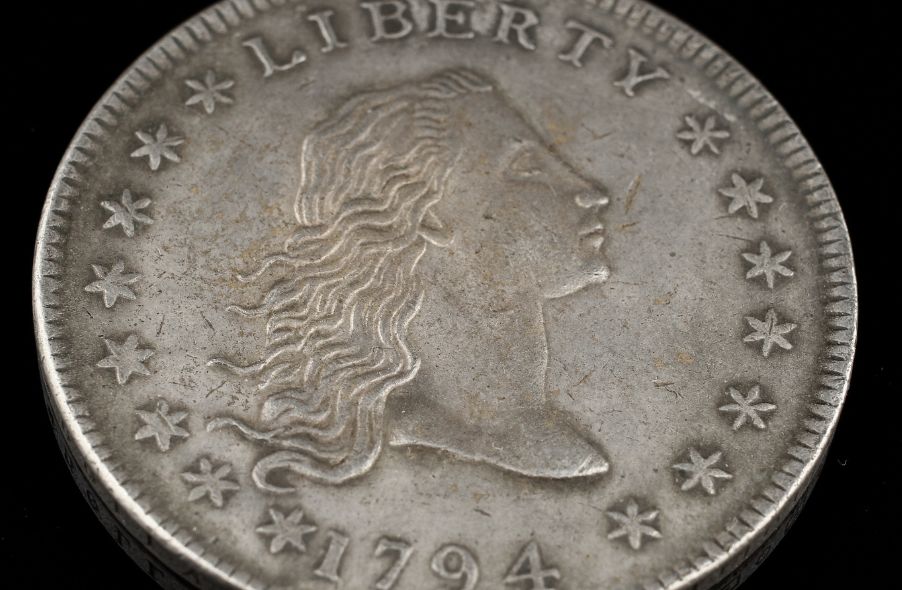
If you’re wondering what valuable silver coins to look out for, you’ll want to check out the following dollars and half dollars.
1794 “Flowing Hair” Silver Dollar
Perhaps the most expensive coin ever sold, a silver 1974 dollar featuring Lady Liberty with flowing hair, went for a whopping $10,016,875 in 2013. The coin collector who made the record-breaking purchase sold it in 2022 for $12 million. What’s the hubbub about? Many people believe it may be the U.S. Mint’s very first silver dollar.
In its opening run, the Mint only produced 1,758 silver dollars, and just 120 to 130 are still in circulation. That means that any existing coins from that mintage, which have a face value of just $1, could also fetch millions of dollars.
Morgan Dollars (1878–1904, 1921)
Next on the list of valuable silver coins are Morgan Silver Dollars, printed from 1878 to 1904 and then again briefly in 1921. While not a particularly rare coin (and with a face value of $1), the Morgan attracts strong interest due to its beauty and balance.
Some of the rarer designs can fetch six figures if they’re in mint condition, with a few mintages earning as much as $100,000 to $550,000. One 1889-CC Morgan Dollar sold at auction for $881,250 in 2013. A more common Morgan Dollar, on the other hand, may go for around $18.
Peace Dollars (1921–1935, brief return in 1965)
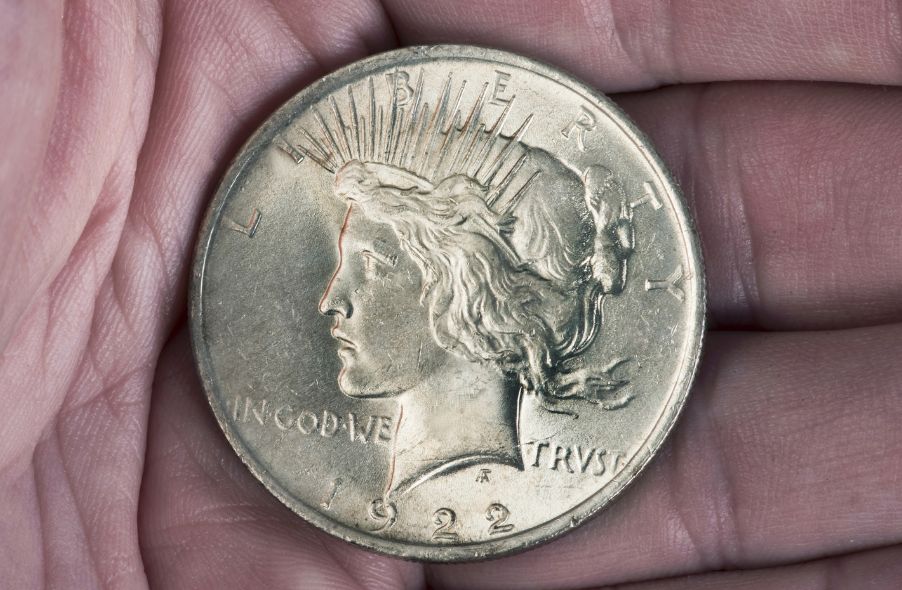
While not as pricy as the Morgan Dollar, the Peace Dollar also enjoys popularity among collectors. This is mostly due to its relatively short run from 1921 to 1935, with a brief return in 1965.
The relative scarcity of the Peace Dollar increases its value, but its relative newness compared to the Morgan Dollar makes it less interesting to some collectors. This coin with a $1 face value is still no slouch, though. A typical Peace Dollar may go for $35 to $65, while a rare 1922 Pattern Peace Dollar sold for $325,000 in 2014.
1885 Proof Trade Dollar
Somewhat of a mystery in the coin collection world, the 1885 Trade Proof Dollar also attracts a high price. This coin takes rarity to a whole new level, as there are only five known examples. Adding to the mystery is the fact that the U.S. Mint has no record of ever producing the coin. One of these legendary rarities sold at auction for $1.32 million in 2020, much more than its $1 face value.
Seated Liberty Dollars (1860s–1870s)
Minted from 1840 to 1873, Liberty Dollars come in two types, both with a face value of $1. Coins issued from 1840 to 1865 have no motto, while those minted afterward display the inscription “In God We Trust” on the back. This variety in type and rarity of different runs allows for flexibility in collection.
Some Seated Liberty coins are available at reasonable prices, but rare years and other oddities fetch higher prices. For example, an 1866 version of the coin missing the “In God We Trust” motto sold at auction for over $1 million.
The American Half Dollar (1797)
The only coin on our list with a face value of 50 cents, the Draped Bust Half Dollar comes in two varieties: small eagle reverse type and heraldic eagle reverse type. While factories released over 1.6 million of the heraldic eagle, only 3,918 of the small eagle version made it into circulation.
An extremely rare silver coin, the 1797 Draped Bust Half Dollar is worth $48,656 in average condition. If you have one in mint condition, it may fetch you from $500,000 to over $1 million.
Most Valuable Gold Coins
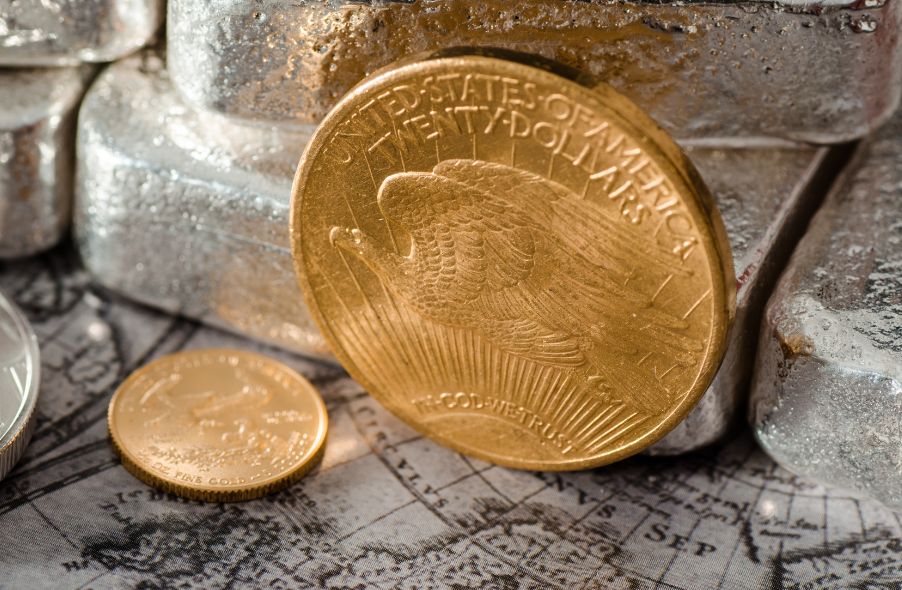
If gold is more your color, you might want to keep an eye out for these valuable gold coins to look out for.
1933 Saint-Gaudens $20 Gold Double Eagle
One of the world’s most valuable coins, the Saint-Gaudens Double Eagle features a beautiful image designed by Augustus Saint-Gaudens. On the front of the coin, Lady Liberty wears a flowing gown and holds a torch and an olive branch, and an eagle in flight graces the back. With a face value of $20, the Saint-Gaudens Double Eagle now often carries a price tag of over $20,000,000!
1808 Capped Bust $2.50 Gold Quarter Eagle
With a face value of only $2.50, the Capped Bust Gold Quarter Eagle is rare, which makes it exponentially more valuable to collectors. The Mint produced this coin for one year only: 1808. Upping the rarity is the fact that the U.S. didn’t print another gold quarter eagle until 1821, when the design changed. One of these 1808 Capped Bust “dream coins” fetched an auction price of $2.35 million in 2015.
1795 Draped Bust $10 Gold Eagle
The high value of this coin reflects both its relative rarity and its historical significance. The U.S. only started minting golden eagles in 1795 (after the passage of the Mint Act of 1792), making the $10 Draped Bust Golden Eagle part of the historic first run of only 5,583 coins. A surviving coin from this first year of production sold for over $2.58 million at auction in 2015.
1833 Proof Capped Bust Gold Half Eagle
Struck in 1833, this $5 half-eagle is a beautiful coin with only two known surviving specimens. One is part of the National Numismatic Collection at the Smithsonian Institution. The other fetched a $1.35 million price at auction in 2016. Due to its rarity, you’re unlikely to find this coin on the list of the most popular gold coins for collectors and investors.
1880 Proof $4 Stella Coiled Hair
Both extremely rare and extremely expensive, the $4 gold Stella coin doesn’t often make the rounds in collection circles. The U.S. Mint minted Stellas in two different designs in two different years: Flowing Hair in 1879 and Coiled Hair in 1880. Both versions were “pattern coins,” meaning they were experimental designs not intended for regular circulation.
Although Flowing Hair is the more common Stella, only 425 of these rare coins were minted. The Coiled Hair version has only eight specimens. An 1880 Stella Coiled Hair sold for over $2.57 million in 2013.
1856-O Liberty Head $20 Gold Double Eagle
The U.S. Mint in New Orleans produced only 2,250 gold double eagle coins with a $20 face value in 1856. This low mintage number makes this coin valuable in collection circles. While many Liberty Head Double Eagles have soft details due to low striking pressure, a particularly well-struck version of the coin sold for over $1.43 million in 2009.
1787 Brasher Doubloon
Prior to the existence of the U.S. Mint, states could commission the production of their own coins. New York did so with the help of metalsmith Ephraim Brasher, who created the $15 Brasher Doubloon in 1787.
Although the state rejected his design, this coin’s place in history speaks volumes. As the first-ever gold coin produced in the United States, the Brasher Doubloon now has a value of over $10 million!
Most Valuable Coins Still in Circulation
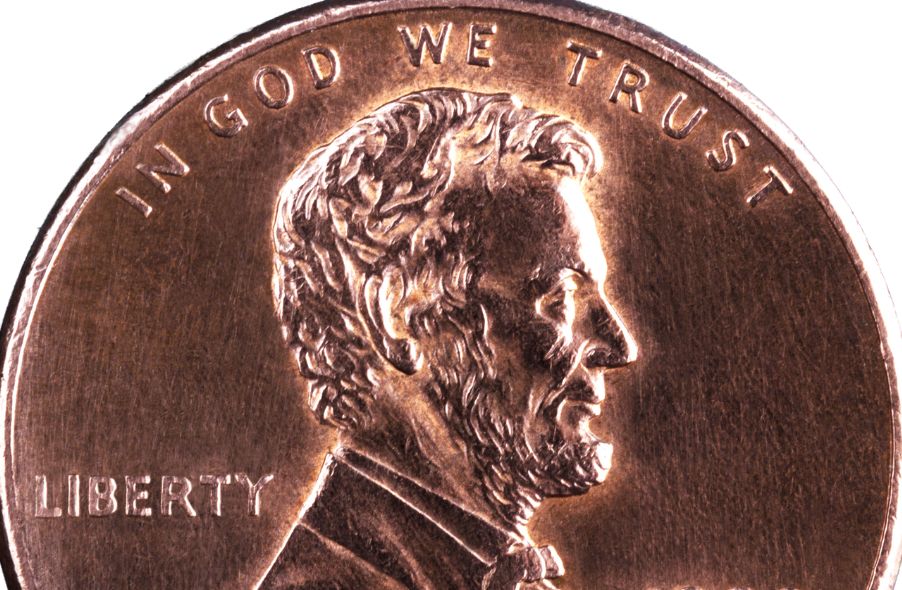
While gold and silver coins may have the most intrinsic value, the following coins made of other metals are among the most valuable coins to look out for that are still in circulation:
1943 Lincoln Head Copper Penny
Nickel and copper were scarce during World War II, so the United States made pennies out of steel instead. However, the Mint accidentally used copper for a single batch in 1943.
Around 20 to 40 of these Lincoln Head Copper Pennies still exist, including some with the San Francisco stamp and a single Denver-minted specimen. While many are worth tens of thousands of dollars, one 1943 copper penny sold for $1.75 million in 2010. That’s not bad for a coin originally worth $.01!
1913 Liberty Head Nickel
How can a $.05 coin have a value of nearly $5 million? By having a mintage number of five.
In 1913, the United States replaced the Liberty Head Nickel design with the Indian Head Nickel design. However, a handful of unofficial 1913 Liberty Head Nickels showed up at a convention. No one knows exactly why, but some speculate that they were pattern coins. Others suspect Mint officials of illegally printing and smuggling the nickels.
The 1787 Fugio Cent
Also known as the Franklin cent, the 1787 Fugio cent has the honor of being the first coin circulated in the United States. The early penny, with a face value of only $.01, now sells for hundreds or even tens of thousands of dollars, depending on its condition, so it’s one of the most valuable in-circulation coins to look out for.
1969-S Lincoln Cent With a Doubled Die Obverse
Although it’s a newer coin, this penny has an interesting (and suspected criminal) history. It even earned a place on the FBI’s “Most Wanted” list. That’s because the authorities believed it was a fake, thanks to an infamous pair of counterfeiters who produced lookalike pennies. The authentic $.01 coin had such a low mintage that it can now draw prices of up to $126,000.
1982 No Mint Mark Roosevelt Dime
Each U.S. Mint imprints its location on the coins it produces. In 1982, however, something went wrong in Philadelphia. The factory somehow neglected to imprint the signature “P” onto its Roosevelt dime. Experts estimate that around 10,000 of these $.10 coins still exist today. These coins could sell for up to $300.
Error Coins List
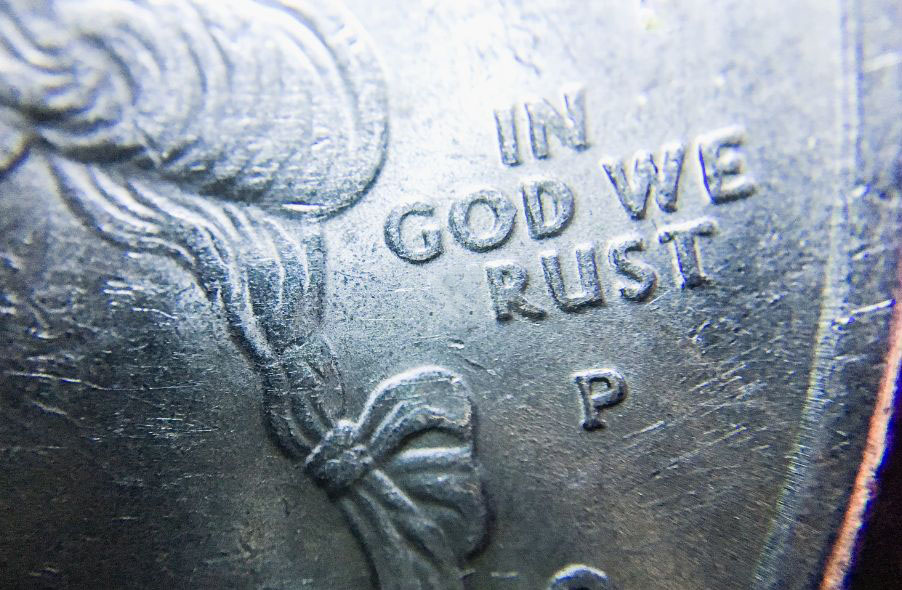
Other coins that have become famous (and valuable) thanks to errors in the printing process include the following:
2004 Wisconsin State Quarter With Extra Leaf
Collectors seek out this quarter due to an error in the design. On the back side of the 2004 D Wisconsin State Quarter, a corn cob contains an extra leaf that it shouldn’t have. These unique $.25 coins can command a price of nearly $1,500 each, depending on their condition.
1955 Double Die Lincoln Penny
Another Lincoln Penny makes the list of valuable coins to look out for thanks to misalignment in the minting process. While the bust of Lincoln remains mostly unaffected, evidence of double exposure is prominent on the letters and numbers. Mints struck an estimated 20,000 to 40,000 of these pennies in 1955, which means it certainly isn’t one of the rarest coins around. Its unique look, however, means this $.01 coin can fetch $1,800 to $125,000.
In God We Rust 2005 Kansas State Quarter
Everyone makes a typo from time to time, but not everyone gets to profit from it. That’s not the case with the 2005 Kansas “In God We Rust” quarter. Thanks to the amusing production error, this $.25 coin could earn you $100.
Educate Yourself — Watch Out For Fakes
While counterfeit coins have always existed, scams and misinformation now run rampant thanks to the internet. When buying or selling gold coins and other valuables, you always want to know what you are getting.
Consider investing in a book such as “A Guide Book of United States Coins 2021” or working with a coin grading expert to assess the coin’s authenticity. Finally, make sure that a third-party coin grading agency certifies your coin — especially for high-dollar sales.
For more information about gold coins to look out for, gold IRAs, and other gold investments, Learn About Gold is here to help. Use our Find a Gold IRA Partner tool to jumpstart your gold investing journey.
